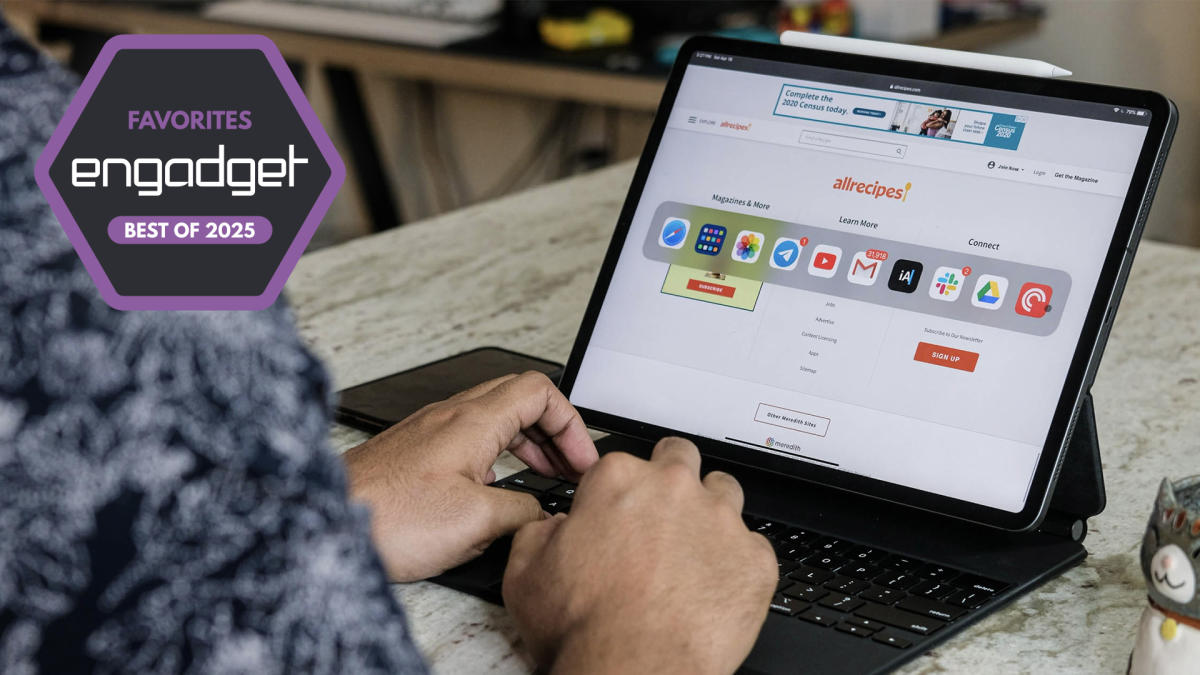Introduction to AI-Generated Content on YouTube
I previously warned that AI-generated content, also known as "AI slop," would soon be coming to your YouTube feed. Whether or not you believed me at the time, the upcoming changes to the platform should leave no doubt about the veracity of that claim. During a keynote at the Cannes Lions International Festival of Creativity, YouTube CEO Neal Mohan announced the introduction of a new tool that utilizes Google’s Veo 3 AI generator to create Shorts from scratch.
Excitement About AI Technology
Mohan expressed his enthusiasm for the potential of AI to revolutionize the platform, stating:
"Communities will continue to surprise us with the power of their collective fandom. And cutting-edge AI technology will push the limits of human creativity. My biggest bet is that YouTube will continue to be the stage where it all happens. Where anyone with a story to share can turn their dream into a career… and anyone with a voice can bring people together and change the world."
Concerns About AI-Generated Content
While Mohan’s vision for the future of YouTube is optimistic, there is also the possibility that this new technology could lead to a significant increase in low-quality, AI-generated content. This could further blur the line between reality and fiction, making it increasingly difficult for viewers to discern what is real and what is not. Mohan’s statement that "the possibilities with AI are limitless" suggests that the platform is willing to push the boundaries of this technology, potentially leading to a surge in AI-generated content.
Examples of AI-Generated Content
Examples of AI-generated content are already beginning to emerge, such as the use of Veo 3 to create historical vlogs. As Tanay Jaipuria tweeted:
"people are using veo3 to bring history to life in the form of vlogs"
via HistoryVisualizedbyAI on YouTube pic.twitter.com/C5OJCbyTBJ
Regulation and Control
As YouTube introduces this new technology, there are concerns about the potential impact on creators and their intellectual property. The platform has already struck a deal with the Creative Artists Agency (CAA) to give artists and athletes control over their likeness, but this may not be enough to address the concerns of all creators. Hundreds of actors have voiced their concerns about the potential for AI to ruin their careers and plunder their intellectual property, calling for regulation on generative AI and its implementation.
Conclusion
The introduction of AI-generated Shorts on YouTube marks a significant shift in the platform’s approach to content creation. While Mohan’s vision for the future of YouTube is exciting, there are also concerns about the potential impact on the quality of content and the rights of creators. As the platform continues to evolve, it will be important to monitor the effects of this new technology and consider the need for regulation and control. With the potential for AI-generated content to become increasingly prevalent, it is likely that the line between reality and fiction will become increasingly blurred, making it essential for viewers to be aware of the potential for AI-generated content and to approach it with a critical eye.
Source Link





